While sustainability isn’t always the driving force behind everybody’s decision to cycle for transportation, it is certainly a motivating factor for a lot of people, and a feel good secondary factor for many others. Since biking burns fat and not fossil fuels, most everyday cyclists are comfortable with the notion that their commute is a daily contribution to the global fight against climate change.

The look of sustainability? Photo by cemaxx.
But one Harvard researcher has called that notion into question. According to graduate student Daniel Thorpe, what’s important isn’t that you’re burning fat instead of fossil fuels, but what you consumed to produce that fat in the first place.
In findings published through Harvard University’s Keith Group, Thorpe singles out cyclists who consume diets heavy in animal byproducts – specifically those who follow the Paleo Diet – as being more harmful to the environment than individuals who eat plant-based diets and drive low-emission vehicles.
Basically, your bacon-fueled bike commute is killing the planet, so you best be trading in that Schwinn for a Prius and a pile of chickpeas.
Thorpe’s conclusion is drawn by using a measure called carbon dioxide equivalents (CO2e), which enables scientists to provide a unit-for-unit comparison of different kinds of gases based on their “Global Warming Potential” (GWP), and thereby analyze more complex scenarios that involve emissions of multiple different types of gases in order to more accurately gauge their environmental impact.
Thorpe began by acknowledging the different energy emissions of different modes of travel:
“Biking takes around 50 kcal/km, which is equivalent to .2 MJ/km. A typical car in the US gets 25 mpg, or 9.5L/100 km, which is equivalent to 3.3 MJ/km. The Toyota Prius takes only 5 L/100km, or 1.7 MJ/km. So a typical car takes 17x more energy per kilometer than biking, and a Prius takes 8x more. This is what we expect given how much heavier cars are than bikes.”
“But not all energy use has the same impact on climate,” he wrote. “There’s a range of greenhouse gases that warm the climate at different rates and stay in the atmosphere for different lengths of time.” While this doesn’t matter much for estimating the impact of cars, where over 90% of the emissions are C02, it is very significant for estimating the environmental impact of “fat-burning” activities such as cycling which are ultimately fuelled by agriculture. The agriculture industry is responsible for substantial emissions of N20 and CH4, which have GWP’s around 30 and 300, “meaning we usually count 1 gram of CH4 emissions as equivalent to ~30 grams of CO2 emissions,” Thorpe explained.
Based on that methodology, Thorpe determined that a cyclist who consumed mostly meat could ultimately be contributing more to climate change than a vegan or vegetarian driving a low-emission vehicle, or in some cases even a typical car.
“So let’s make estimates of the climate impacts of biking and driving, in CO2 equivalents (CO2e). If we look at a typical car in the US, taking 9.5L/100km, we can use the lifecycle emissions from gasoline, ~3.2 kg CO2e/liter, to estimate 300 gCO2e per kilometer of driving. A Prius emits half as much, 150 gCO2e/km. We can do a similar analysis for biking. An ‘average American’ eats 2600 kcal/day and their diet leads to 2.5tCO2e/yr, or 2.6 gCO2e/kcal.[i] Given that .2 MJ/km requirement for biking, this gives us an impact of 130 gCO2e/km. This is already really close to the Prius! What about a meat-heavy diet, the Paleo diet? I looked at Paleo meal plans and academic lifecycle GHG estimates for the foods in those meal plans, and estimated the average emissions of a Paleo diet to be 3.8 gCO2e/kcal.[ii] This gives us 190 gCO2e/km, likely higher than the Prius, though the uncertainties in these estimates are large.”
Thorpe went on to look at the impact of the various diets and mode choices while taking car-sharing in to account, writing that two Paleo aficionados carpooling in a Prius may still be more energy-efficient than the same two individuals biking somewhere together.

Thorpe’s summary of climate impact by mode of travel.
Finally, Thorpe discussed the land use impact of the different modes, comparing the different land requirements for oil extraction vs food production. He concluded, “even though a car ride take 8-17 times more energy, its fuel source uses at least 25-100 times less land per unit energy, giving driving a lower land footprint than biking, even when comparing a biking vegan to a standard American car.”
Thorpe did acknowledge two important qualifications to his research, besides the fact that uncertainties in the estimates are large. “The first is that we found biking to have a surprisingly similar impact to driving on a per kilometer basis,” he wrote. “But of course, cars enable you to travel much faster and much farther than bikes, so someone with a bike and no car almost surely has a much lower impact by virtue of covering a lot less distance. When I owned a car in rural Virginia I drove 20,000 km/yr, and now that I only own a bike in urban Cambridge, Massachusetts I bike about 1,500 km/yr.”
The other qualification is that the Global Warming Potential is based on a 100-year cycle, when the period of radiative forcing for individual gases differs widely. While N2O and CH4 have lifetimes of around 100 and 10 years, respectively, C02 stays in the atmosphere for millennia. So their equivalence method captured only the short term impact of each gas but ignored the long-term impact C02 will continue to have on the environment for hundreds of years. “There are reasons to think we should care more about short-term warming, since we’ll have an easier time adapting to slower changes farther in the future, but it seems odd to completely neglect everything more than 100 years away,” Thorpe wrote.
“But these qualifications aside, we’ve seen that agricultural impacts on the environment really matter,” he wrote. “Biking has a surprisingly similar impact to driving on a per kilometer basis, and depending on your diet can cause noticeably more emissions and land use.” In the end he concluded, “Our analysis certainly doesn’t prove that you shouldn’t do more biking instead of driving, but it does help us know more clearly the environmental impacts of making the switch.”
So, I have a few concerns about this study. While I wouldn’t go so far as to outright question the veracity of his findings – frankly, my understanding of science and arithmetic simply isn’t sufficient to wade into that argument – it does feel like an overly-simplistic analysis of a very nuanced issue. When Thorpe writes “uncertainties in the estimates are large,” it seems like that point should be emphasized so strongly as to make the rest of the findings more or less insubstantial.
Uncertainties are very large. What if the vegan Prius drivers are Crossfitters who eat inordinately large amounts of cereals and imported tofu? Why should we assume motorists – or anyone for that matter – never consumes more than their required daily energy intake? In fact, it would probably be more accurate to assume most people eat more than their required daily energy intake, so whether they’re biking to work and burning those extra calories or not, they’re still gobbling down that afternoon snack. What if the cyclist lives in an entirely flat area and really doesn’t have to pedal too hard to get to and from work? Or what if the car-poolers in the typical vehicle are crawling along through their commute at approximately 4 mp/h, idling the entire time?
Furthermore, while there are bound to be some vegan Prius drivers and cyclists on Paleo diets, they must represent a statistically insignificant portion of the population, so the research overall seems entirely too narrow in its scope. Given what we already know about the potential environmental benefits of increased cycling and reducing our consumption of animal byproducts, the singling out of a small minority of Paleo cyclists seems like more of a diversion from progress than anything.
That said, I do agree Thorpe’s research is important if only because it drives home the point that there’s no free ride when it comes to climate change mitigation. Biking to work isn’t a green pass to then bike home, crank the AC, grill up an imported steak, and pat yourself on the back for your commitment to sustainability. Similarly, eating a vegan diet doesn’t mean you get to drive a Hummer to the grocery store to stock up on Kombucha for the good of the planet.
If there is any single takeaway I feel confident about from this study, it’s that whether you bike, walk, run, drive, fly, or pogo-stick around, you just really shouldn’t be eating a Paleo diet. It’s weird.
Get your FREE copy of our new guide: Momentum Mag's Bike to Work Guide
Bike commuting is practical, liberating, and a great way to integrate fresh air and exercise into your daily routine. In this guide we outline the major benefits of bike commuting, go over the equipment you’ll want, provide solutions to any concerns, and offer advice on route planning and other practicalities.
Thank you for your submission. Please check your inbox to download the guide!

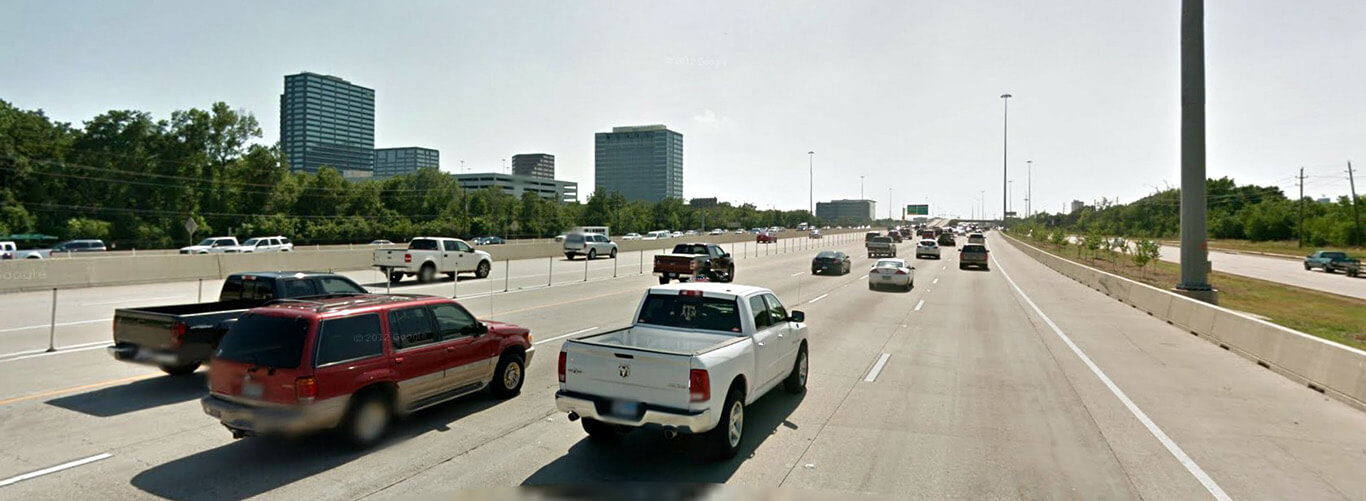
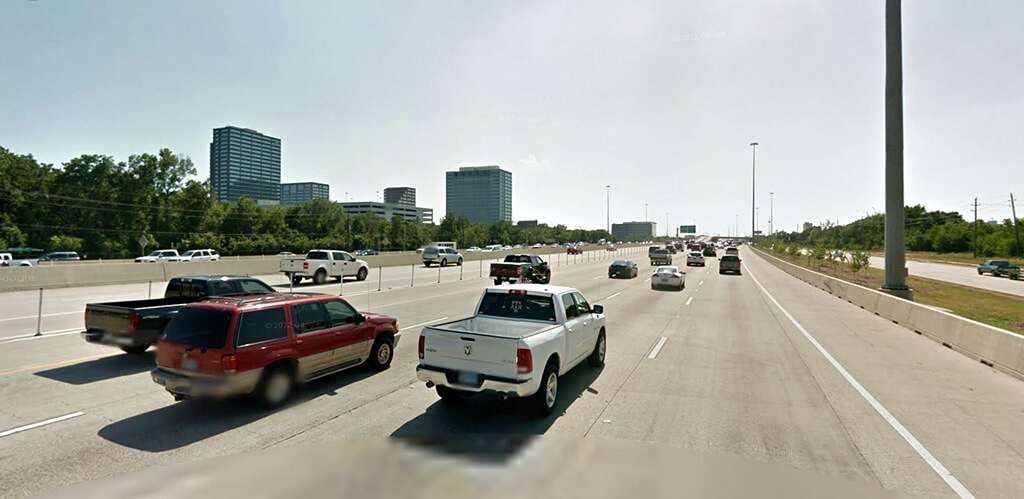
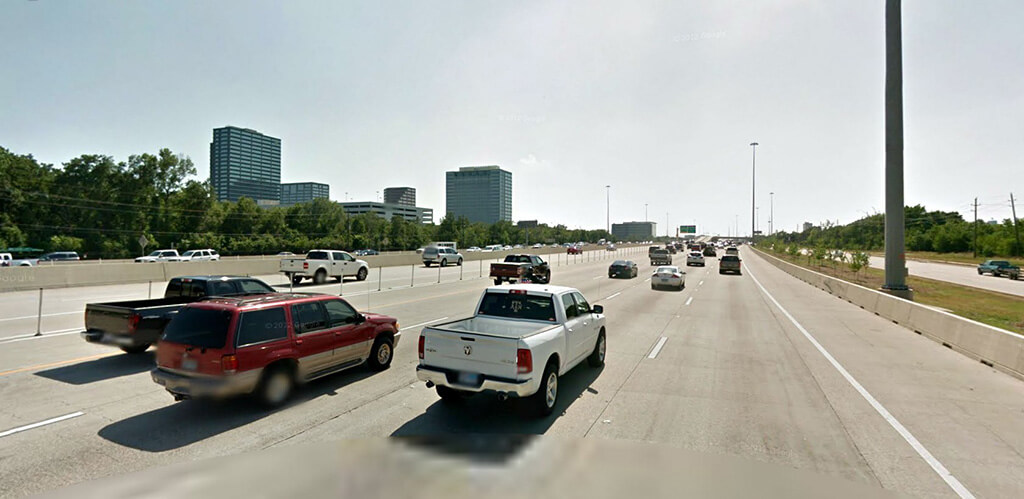

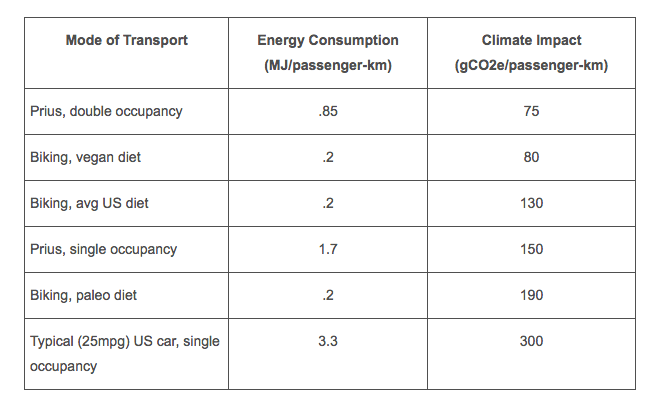
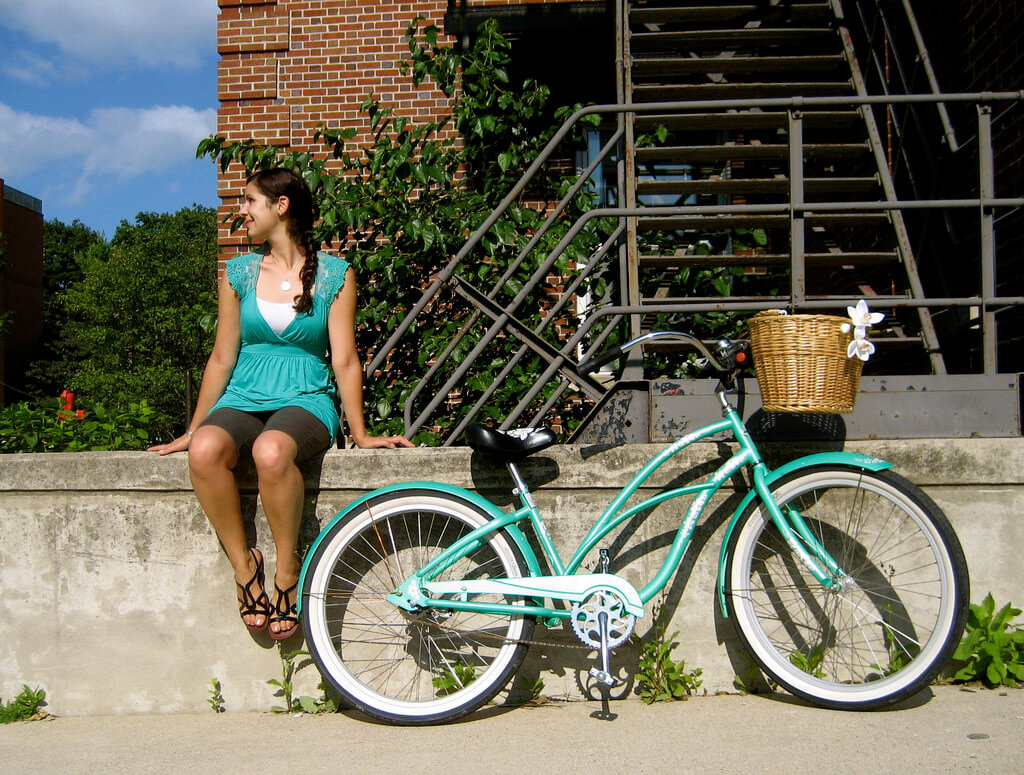




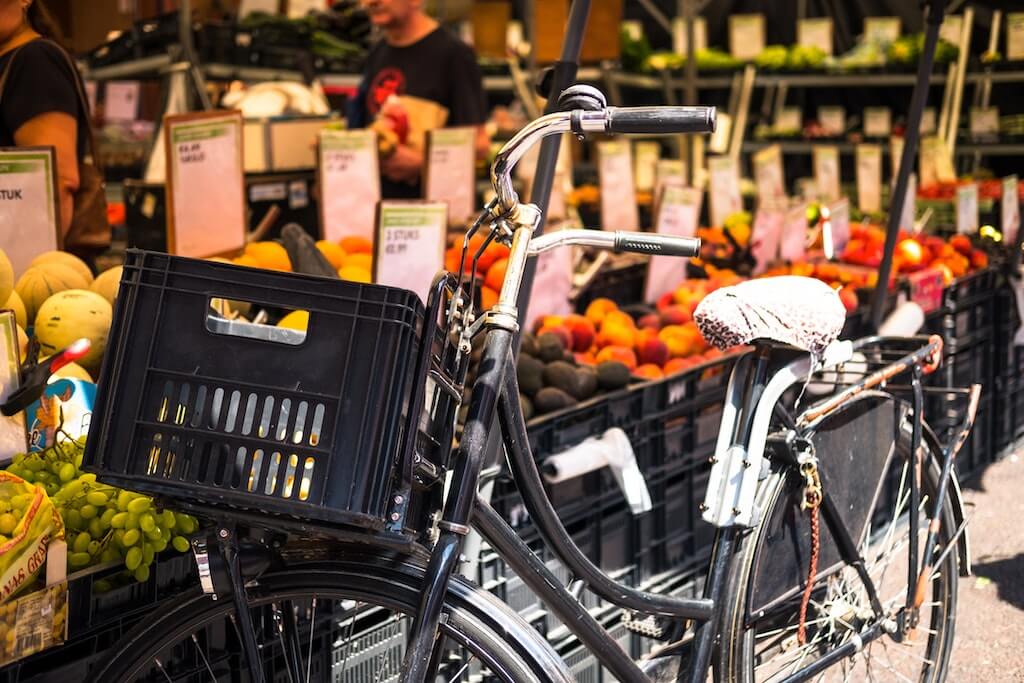

Typical arguments against cycling that don’t hold water.
While it’s true, when looking at the carbon footprint of cycling, you do need to look at all the factors, including increased food intake, you also need to do so for motorized vehicles too. I’m a long-term cyclist, I race, tour, commute, and use bikes for commercial applications…as well as I love my motorcycles and motorized vehicles. Years ago I did bring this up to the board of a company I was a COO at, that pushed they were a zero-fossil fuel company. I brought up the fact that the cyclists we employed, consumed extra food to cover the caloric expenditures from the rigorous activity of peddling 1000 pounds around up and down hills for 5-8 hours a day. That food is produced often using fossil fuels. While many cruise ships use electric motors to power the propellers, there are diesel engines producing the electricity to run the electric motors, therefore they can’t claim they are using zero fossil fuels to drive their ships. Additionally, most bikes were produced using fossil fuels. That being said, no matter how you slice it, cycling will always have a lower carbon footprint, no matter how you slice it.
His numbers for calories consumed on a bike are wildly out. If it really was 50kcal/km on a bike then I’d nearly have to double my food intake when cycle commuting. I don’t. I hardly eat any extra, despite my daily commute being 40km of reasonably hilly terrain. I suspect he’s included the energy you need just to stay alive in all of that. Really he should be subtracting that because the only way of not using most of that energy is to be dead.
In the end footnotes he says he doesn’t factor in the energy to mine fossil fuels and metals, or transportation of the materials, or pollution etc…. imho, driving a car, either internal combustion engine or even electric will always consume more energy, and yeah who the heck eats paleo and bikes much, very few i would assume.
Really, how many paleo diet bikers are there? Long term cyclists don’t need gimmick diets to lose weight. Also, why compare a double occupancy Prius to a single rider commuter bike? The comparison should be a single occupancy prius with a bike (or at least compare a tandem bike). Also, I think the long term carbon costs of being physically unfit should not be underestimated. Unfit people take elevators, don’t walk for errands, have knee replacements, take all kinds of medications, etc. I don’t know if anyone’s put a number on it, but I’d bet it’s higher than we would expect.
Whatever you eat, whomever or whatever you screw, and god(s) you believe or don’t believe in, you’re weird.
Thanks for your offensive judgement
No matter how wrong or right the numbers might be, this researcher misses one very important point: what matters is not how much CO2 you produce (or GHG in general, but let’s stick to CO2 since this is what human produce), but how much CO2 you ADD to the atmosphere. That is, your net contribution.
CO2 emissions from food and humand body are RECYCLED, while those from burning fossil fuels ADD to current level. Indeed, all carbon in food, no matter how long the food chain, comes from CO2 in the air to start with. Fossil fuels carbon comes pretty much from the same place, but several millions (to nearly a billion) years ago. That might be recycling on a geological scale, but not for current life forms that have changed quite a lot over a billion years.
So, on total, the NET CO2 addition to the atmosphere from riding is 0, while anything burning fossil fuel is obviously much greater. That’s the point that should be made.
This analysis is awesome! Most cycling done in the U.S. is recreational. I am an avid recreational cyclist, and regular contributor to a cycling magazine. I argue that it is not a “green” activity because of all the extra pavement and asphalt laid out so people like me and play. The lack of drainage created along with heat added by tens of thousands of miles of roadway must surely can’t be offset by the few miles ridden in place of an automobile. The numbers above will give me more to ponder…I have an economics background so I suspect I can poke holes in a few, but I never thought of the arguments laid out in the article.
The environmental cost of producing the Nickel-Metal Hydride batteries for a Prius is huge, but is rarely mentioned because it flies in the face of the Green agenda. From mining, transporting to various processing and manufacturing facilities around the world, they finally reach the Toyota factory with their own ugly footprint.
Replacement cost (from Wiki) is said to be between $2,200- $2,600. Add to that the danger to emergency responders in the case of an auto crash (electrocution) and the Prius altar is significantly cut down to size.
I’ll take a bike, and a steak to go with it… thank you very much.
I agree with your analysis in general, but I bet you miss one point when targeting “Crossfitters who eat inordinately large amounts of cereals and imported tofu”. When you eat a steak, unless for very few cows grown extensively, you indirectly consume 15 times its weight… In cereals and imported soja !
I read a similar study four years ago. A basic scientific violation is that the author singles out “worst case” or “poor case” cyklists and compares them to “best case” or “good case” car scenariois. This biased comparison is then camouflaged in a seemingly valid och correct scientific context. I am convinced that the initiative to studies of this kind can be traced back to Neo-Liberalistic think-tanks.
Lets show how absurd this is by comparing how much energy it takes to accelerate a car to 30 mph.
1) Go to bikecalculator.com
A 12 mph cyclist, weighing, 80 kg, on a 12 kg, needs around ** 70 watts **
That’s 13043 joules per km. But eaten calories are only ~20% efficient.
So food calories that’s ** 65217 joules per km **
2) A 2000 kg car accelerating from 0 -> 30 mph needs to gain 180000 joules of energy.
Petrol is only ~20% efficient so that’s ** 818213 joules ** of petrol energy
3) 818213 / 65217 = 12.5
!!! That’s 12.5 Km !!! The energy required to accelerate a car to 30 mph is the same as an entire commute by bike
If we take your 65217 joules per km and convert it to the MJ/km used by the study author we get 0.065 MJ/km, about 30% of what the study author quoted.
Fooling on bike calculator, I figured the fictitious cyclist might have been a Tour de France rider, racing into a stiff head wind (i.e., averaging 300 watts per hour into a 17 kph head wind – i.e., traveling at 27 kph despite cranking out 300 watts).
As we can see a very sensible analysis by a _Harvard_ researcher!
Sad that the student chose to make the focus on bike riding instead of diet. The essential truth (endorsed by UN FAO and other authorities) is that animal agriculture annually contributes more GHG emissions than all forms of transport combined. Your choice of diet has more impact on global warming than your choice of transport mode. That’s all.
Another obvious mistake he’s made is saying that the Prius uses less energy than a gasoline powered car. That’s not true. It takes a certain amount of energy to move a given mass. A Prius burns energy from batteries and gasoline. It burns twice the energy of a car that weighs half as much assuming friction, wind resistance, etc. are the same. At first glance, a 4000 lb car weighs 200 x as much as a 20 lb bicycle, but a 4400 lb car with 2 passengers only weighs 20 x more than a bicycle with a person on it. So, right of the bat, we should see if the energy use is 20x different between the 2. Oh look, he has it calculated as 4-fold.
Nothing about the impact and energy cost of actually getting the oil out and refining it and transporting it to the vehicles, eh? Dumb.
Living proof that these so called Higher Places of Knowledge are spitting out educated idiots in droves.
The study is fatally flawed and arguably fraudulent. Where to start…
(1) The basic calculations are wrong or deliberately fraudulent.
Lets look at the assertion that bicycling takes “50 kcal/km, which is equivalent to .2 MJ/km.” Really? Perhaps if the rider weighs 200 kg (440 lbs)!! According to Wikipedia takes a cyclist roughly 1 kJ of **extra food** per km per kg of body weight ( 4.1868 kJ = 1 kcal). Because 1kcal = 0.0041868 MJ, this would mean the cyclist would have had to have been 200 kg! (A 200 kg cyclist requires 200 kJ/km of extra food, which is the same as ~47.769 kcal/km or exactly equals 0.2 MJ/km).
For a person, such as myself, who is a more average weight of 70 kg (154 lbs) this means bicycling takes 16.7 kcal/km, a far cry from the 50 kcal/km. For the 70 kg cyclist eating an “average American” diet (with a C02 footprint of 2.6 gCO2e/kcal) would put the per km carbon cost 43.5gCO2e/km (a far cry from the 130gCO2e/km claimed by the study author). This value is 14.5 % the footprint quoted for a “regular car” of 300 gCO2e per kilometer and 29.0% the carbon footprint of the Prius per km.
So already we go from the author’s claim that a cyclist eating an “average American” diet will have the same carbon foot print per km as a Prius is nonsense.
But wait, we are not done yet… So far we have only considered the carbon footprint associated with fuel.
(2) The next fatal flaw is that the author conveniently forgets that cars and bicycles do not naturally occur in nature, but rather are created by humans with an associated carbon footprint. Typically in carbon footprint studies this initial carbon deficit is amortized over the lifetime of the vehicle when computing per km carbon footprints. These calculations are not easy, which may be why the study author conveniently ignored them.
The ECF (European Cyclist Federation) released a study in 2009 that have held diet constant (but allowed for more food consumed for the cyclist) and looked at the entire life-cycle put cycling at about 9% the carbon footprint of driving (when averaged over different fuel types and driving conditions). So as a cyclist you would need to live off an insanely poor diet (in terms of carbon foot print) to start to close the gap.
Perhaps the study author should have considered a cyclist living off of air freighted beef and asparagus from Iceland…
Oh snap… that gets me to point (3)
(3) After thoroughly cooking the numbers by assuming the cyclist is morbidly obese, and ignoring the full carbon cost of the different vehicles, the study author decides to hit a home run in the world of academic dishonesty by compare two extreme diets, vegan (car driver) vs the 440lbs cyclist eating a Paleo diet as some sort of false equivalence. Because after cooking the numbers thoroughly the “average American” diet only gets us equivalency with the Prius, so clearly the study author needed to pull out all the stops. The Paleo diet has roughly 1.5x higher carbon foot print than the “average American” diet and 2.375x the carbon foot print of being a vegan diet. So why not compare a vegan Prius driver to a morbidly obese cyclist on Paleo diet? Sounds like a good idea to me! Consider this the icing on the cake, with the nice effect of finally pushing the per km carbon cost of cycling higher than driving. Whew, that was a lot of work!
Ok, so what is going on here?
This type of anti-cycling number cooking exercise isn’t particularly new and has been circulating the conservative blog-o-sphere for a while. Perhaps the study author is close to graduating grad school and is looking to secure a job in a conservative think thank.
Great analysis. And let’s not forget that there is a LOT more to sustainability that greenhouse gases. Air quality and water quality are far more important in the short and long term, and the cyclist is using 100% renewable energy, where the Prius is “fueled” completely bu NON renewable energy.
Jim Lindner The “research” is an obvious example of cherry picking your data. Virtually no bike rider eats nothing but meat. Due to the numbers of vegitarians in our local bike club we need to plan substantial quantities of vegitarian dishes at bike events. Bike riders tend to weigh less than car users changing the number of calories eaten and efficiency of use of those calories. The use of a “land use example” did not include paving of the roads. It is well known that the products and amount of paving necessary for car use is vastly higher than that of a bike lane. Repaving is usually required more often on areas with heavy vehicle traffic. The environmental impact of the wide roads, and equipment to maintain that wide road, should have some offset to the equipment used to bring food products from the farm.
Interesting my comment was deleted.
I’ll state it again. This is a load of garbage. Go and look at the guy’s blog.
His calculation for a cyclists is based on 50kcal per kilometre which is utter rubbish.
For an average cyclist it’s more like 20kcal per kilometre.
So right from the start his entire calculation is flawed!
It’s this type of borked, messed up calculation that crashed the Mars probe because some clown confused inches with centimetres
Hahaahahahahhhhhaaaaaahahahhahahhhhahaaaaaahahhhaaaaaha
aahhhaahhhhhaahahahhhhaaaaahha hhaa
What a load of garbage.
Go look at his blog. His assumption that you burn 50kcal per km on a bike is wrong for an average cyclist. It’s wrong even for an exceptionally fast cyclist in full time trial mode.
For someone doing around 12 mph, it’s more like 20 kcal per km, which means right from the start his calculations are wrong.
Studies like this should never be published and just give real academics studies a bad name. Anyone can see right from the opening line the graduate student ignored a flaw large enough to drive a bus through. In order to follow standard health guidelines, the Prius or other car driver would need to exercise before or after driving, while the bicyclist does not. Thus emissions associated with the exercise are negated, leaving only the vehicle emissions. So unless the student’s assumption is people do not actually need to exercise, the study’s findings are meaningless at best and a promoter of climate change at worst.
One thing his study completely ignores is the energy required to build, maintain and dispose of automobiles, and the enormous amount of land and infrastructure required to move them about and store them. He also avoids talking about how staying active improves health.
Okay, if we want to cherry-pick some examples from the far ends of the dietary and transportation spectrums and compare them in isolation, then yes, the guy has a point.
One thing that seems to be left out of this study is the efficiency of getting your exercise by bike commuting. People who use their cars for transportation do, one hopes, exercise as well, at a gym or pool for example. Or they may drive their bike somewhere to go for a ride. Thus they are still burning lots of fat, in addition to burning fossil fuel when they commute. Cycle commuters, on the other hand, get a two-for-one deal: exercise and transportation all tied up into one package.
One weakness in this analysis is that they don’t seem to account for the “embodied energy” — the energy required to manufacture the cars, bicycles and expendable materials each requires over their lifetimes — which surely has significant climate impacts. Including this in the calculations would swing all the car impacts further into unsustainable territory..
This study seems to ignore a few big things: (1) You need to exercise to be healthy. Sitting on your butt to try to save the planet will have high personal health costs. If you exercise anyhow then the choice is burn the calories doing something useful like getting to work or burn the calories in a gym. (2) The embodied emissions in car manufacture is huge and dwarfs emissions from bike manufacture. For a rough comparison just look at the relative weights of a bike vs a car
Lots and lots of holes in this with some pretty questionable assumptions. First off, the assumption that the energy burned biking is a direct margin over the diet of a non-biking person, is not one that i would ever make when doing this sort of analysis, because it’s far too speculatory and has too large of an impact on the final result for this to be valid. Also,a few numbers are a bit off from what I have used in the past doing similar studies, being energy use of biking more like 25-30 kcal/km, and that a vegan diet has about 1/3 of the impact of an average diet (the numbers he used puts this figure at around 2/3) . Last but not least, he fails to take into account numerous factors that cannot excluded when doing lifecycle work like this. These include consumables (primarily only needed for cars, things like oil, antifreeze, wiper fluid, tires), impacts of parts needed for maintenance (transmissions, suspension components etc. all break down and their replacements contain large amounts of metal and manufacturing which leads to substantial differences), the damage done to roads but each vehicle and the impacts of the subsequent repairs needed. Obviously these are all things that are drastic for cars and tiny in comparison to bikes. Then one last huge thing, the actual embodied emissions of the car itself. The manufacture of an average car produces around 20 tons, /40,000 pounds co2e (give or take depending on car type). say this car has a lifespan of 200,000 miles, that means that just to account for this leads to extra ~100 grams of co2e/mile (65ish g/km) which thereby raises all car numbers by over 20%.
I have never done a full numerical analysis taking all of the above factors into consideration, as it would take a bit of time, but I would guess that taking all factors into consideration would affect the numbers to the tune of 50% higher or so for all car emissions. Combine that with a few other numbers that might have been a bit high and you could be looking at an error margin of over 100%. So take the numbers given in the article with a salt lick, because there are way more things to think about (and even more that I haven’t mentioned).
And dammit people, stop eating so much meat. Withouta doubt the easiest thing you can do to reduce your impact.
*Sorry for crazy long post*
Hmmm. I’m assuming that the car driver is human and that they eat, so in addition to the car they are also contributing to the CO2 in the calculation as well. This means that the numbers as stated are misleading. Yes we all create CO2 (and H2S) every day as we move and breath. The car just increases our output of CO2, CO, and a host of other GHG’s including NOx’s. The bicycle is a solution. I’m surprised that the researcher didn’t condemn pedestrians.
I suspect that there’s some funny math here. Even though he’s right that a meat-centered diet is consuming waaaay more fossil fuels to be produced than a veg diet, STILL, what…propelling a car uses only 17x more energy than propelling a bike?! Let’s see here, the average car weighs 3000 POUNDS. The average bike, well let’s just say 15 pounds. Which makes the car 200x heavier than the bike. Even taking into consideration various efficiencies and inefficiencies of different modes of energy production, you just really can’t tell me that it only takes 17x more energy to push a thing up a hill that weighs 200x more.
It appears that while the researcher quantifies the energy expended by the cyclist as the motor for the bike, for the car he only quantifies the energy used by the car with no accounting of the energy consumption of the driver. The researcher does not take into consideration that many who use a vehicle for transportation take the the time that they have saved and spend it at the gym to exercise the body that was at rest while commuting in the car thus burning up the energy that the car used and the calories to do their workout because they didn’t get any exercise during their commute.
This is flawed because it doesn’t take into account the fact that people driving have to eat too, the caloric difference is minimal, driving a prius with people is not more sustainable then a vegan cycling.
Only flaw is, if you stop driving you stop needing gasoline. If you stop cycling you still need to eat.
Lots of people will likely respond, but as someone was pointing out on twitter their 0.2MJ per km for a cyclist is off by a factor of about 10.
0.2MJ for 1 km = 4MJ for 20km
A healthy cyclist can travel (let’s say) 20km per hour.
So each hour, they would burn 4MJ.
But 4MJ/hr = 1,111 watts. Can the human body really put that out?
Another way of looking at it. The authors argue cars use about 8-17 times the energy as bikes per kilometer. But a car weighs (according to google) 4000lbs, which is probably more than 17 cyclists weigh put together (and definitely more than 8).
So if this 8-17 ratio were true, a bicyclist would have higher energy output per lb than a car would. So on the highway then we’d expect bikes would be faster than cars (bikes are already faster than cars in the city, of course, but that’s another discussion altogether…)
Valid to consider the effects of agriculture though! Meat generates a lot of GHG. Hate that I’m going to have to hear about this study now in various forms for 10 years though…
And what about those SUV drivers on a diet of Pork Rinds?
Comments are closed.